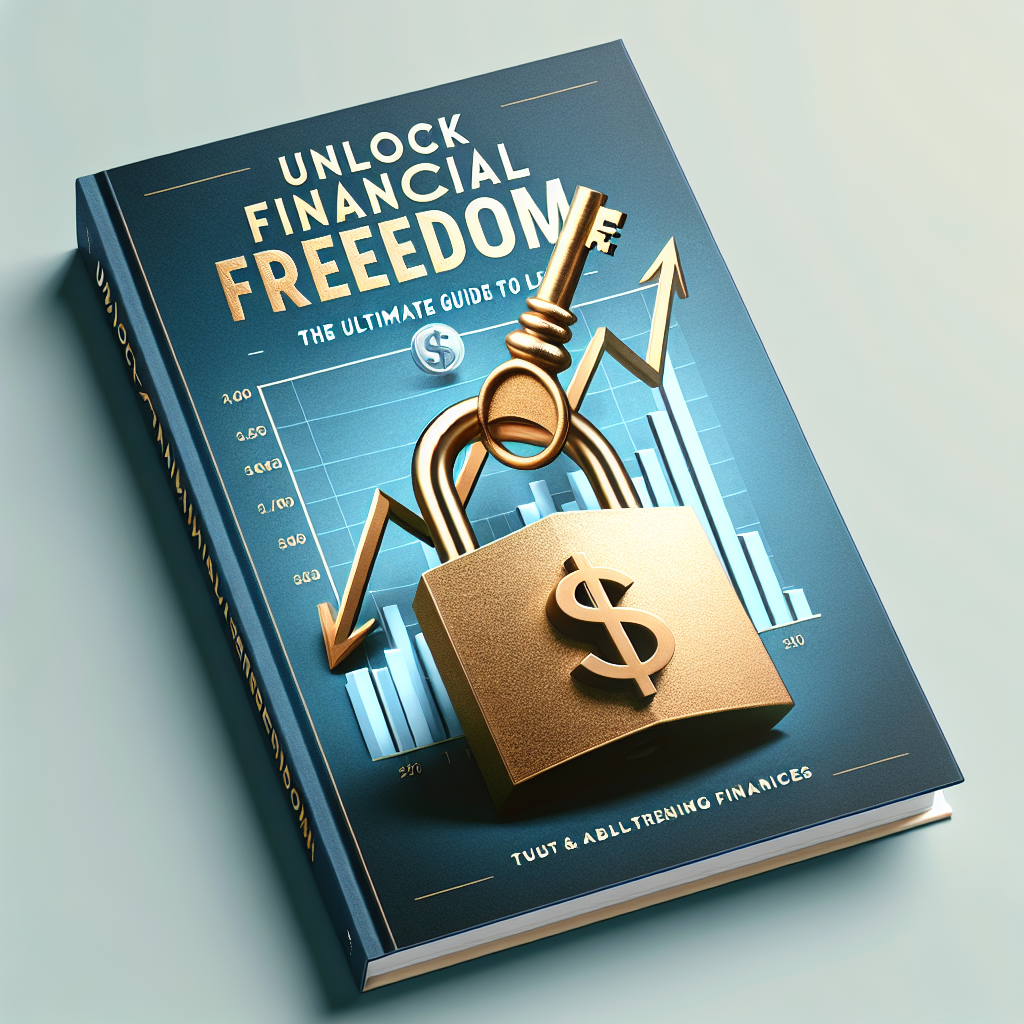Unlock Financial Freedom: The Ultimate Guide to Flex Loans

“Flexibility for Your Finances: The Freedom of Flex Loans“
Flex Loans are a type of credit facility that offer borrowers a flexible line of credit up to a certain limit, allowing them to borrow money as needed up to the maximum limit. Unlike traditional loans with a fixed term and repayment schedule, Flex Loans allow borrowers to draw funds at any time, repay them, and then borrow again within the credit limit. Interest is typically charged only on the amount borrowed, not on the entire credit limit. Flex Loans can be useful for individuals who need ongoing access to funds and prefer the flexibility to manage their cash flow according to their financial needs. However, they often come with high-interest rates and fees, which can make them an expensive form of borrowing if not managed carefully.
Unlock financial flexibility now with our Flex Loans! Apply today and experience the freedom to manage your cash flow according to your needs. Click here to get started on your journey towards financial empowerment.
Understanding Flex Loans: Benefits and Risks
Flex Loans, a relatively new financial product, have emerged as an alternative to traditional loans and credit lines, offering a blend of features from both personal loans and credit cards. These loans provide a flexible financing option for individuals who need access to cash but also desire the freedom to withdraw funds as needed without reapplying for a new loan. Understanding the benefits and risks associated with Flex Loans is crucial for potential borrowers to make informed financial decisions.
One of the primary benefits of Flex Loans is their adaptability. Unlike a standard personal loan, which disburses a lump sum at the outset, Flex Loans allow borrowers to draw funds up to a certain limit at any time. This flexibility can be particularly advantageous for those facing unpredictable expenses or fluctuating income, as it enables them to manage their cash flow more effectively. Additionally, borrowers only pay interest on the amount they use, not the entire credit limit, which can lead to significant cost savings if the funds are used judiciously.
Another advantage of Flex Loans is the convenience they offer. The application process is typically straightforward, with some lenders providing instant approval and immediate access to funds. This can be a lifeline in emergency situations where time is of the essence. Moreover, the repayment terms of Flex Loans are often more lenient than those of traditional loans. Borrowers can make minimum payments, similar to a credit card, or pay off larger amounts when they have the means, thus controlling the pace at which they retire the debt.
Despite these benefits, Flex Loans come with inherent risks that must be carefully weighed. The most significant of these is the potential for high interest rates and fees. Flex Loans often have higher annual percentage rates (APRs) than personal loans or credit cards, which can quickly escalate the cost of borrowing. Furthermore, some lenders may charge additional fees for maintenance, withdrawals, or late payments, further increasing the expense.
The very flexibility that makes these loans attractive can also lead to financial pitfalls. Without disciplined spending and repayment habits, borrowers may find themselves in a cycle of debt. The ease of accessing funds can result in repeated borrowing, leading to a situation where the minimum payments barely cover the interest, and the principal remains largely untouched. This can create a long-term debt burden that is difficult to escape.
Another risk to consider is the impact on credit scores. Just like with credit cards, high utilization of the available credit limit on a flex loan can negatively affect a borrower’s credit score. It is essential for borrowers to monitor their credit utilization and make timely payments to maintain a healthy credit profile.
In conclusion, Flex Loans offer a versatile and convenient borrowing option that can be tailored to an individual’s financial needs. The ability to access funds on demand and control repayment terms provides a level of autonomy that is appealing in today’s fast-paced world. However, the potential drawbacks, such as high costs and the risk of debt accumulation, require a proactive and disciplined approach to borrowing. Prospective borrowers should thoroughly evaluate their financial situation, consider the terms and conditions of the loan, and assess their ability to manage the flexibility responsibly. By doing so, they can harness the benefits of Flex Loans while mitigating the risks, ensuring that this innovative financial tool serves their best interests.
How Flex Loans Compare to Payday Loans and Personal Lines of Credit

Flex Loans: How They Compare to Payday Loans and Personal Lines of Credit
In the realm of short-term financing, consumers often find themselves at a crossroads, choosing between various credit products that cater to immediate cash needs. Among these financial instruments, Flex Loans have emerged as a versatile option, offering a blend of features from traditional payday loans and personal lines of credit. Understanding the nuances of Flex Loans in comparison to their counterparts is crucial for borrowers seeking to make informed decisions that align with their financial circumstances.
Flex Loans, as the name suggests, offer flexibility in terms of borrowing and repayment. Unlike payday loans, which typically require repayment in full by the borrower’s next paycheck, Flex Loans allow for an open-ended borrowing arrangement. Borrowers can withdraw funds up to a certain limit, repay the amount, and then borrow again, mirroring the revolving nature of a personal line of credit. This flexibility can be particularly advantageous for individuals who face fluctuating or unpredictable expenses and require ongoing access to funds.
When juxtaposed with payday loans, Flex Loans present a less stringent repayment structure. Payday loans are notorious for their high fees and interest rates, which can lead to a debt trap if the borrower is unable to repay the loan in a timely manner. The rigid repayment schedule can exacerbate financial strain, as borrowers may need to take out additional loans to cover the initial debt and associated fees. In contrast, Flex Loans offer a more manageable repayment plan, with the option to make minimum payments over a longer period. However, it’s important to note that while this may ease immediate financial pressure, it can also result in higher overall interest costs if the debt is carried over an extended time.
Comparing Flex Loans to personal lines of credit reveals similarities in their revolving credit structures, but there are distinct differences in terms of accessibility and cost. Personal lines of credit are typically offered by banks or credit unions and may require a thorough credit check and approval process. They often come with lower interest rates compared to Flex Loans, making them a cost-effective option for borrowers with strong credit profiles. Conversely, Flex Loans are more readily accessible, especially for individuals with less-than-stellar credit or those seeking quick approval and disbursement of funds. The trade-off for this convenience is usually a higher cost of borrowing, with interest rates and fees that can surpass those associated with personal lines of credit.
It is imperative for borrowers to consider the long-term implications of any short-term loan. While Flex Loans provide immediate relief and adaptability, they can also lead to a prolonged period of indebtedness if not managed responsibly. Borrowers should scrutinize the terms and conditions, including the interest rate, fees, and repayment options, to ensure that the loan aligns with their financial goals and capabilities.
In conclusion, Flex Loans occupy a unique position in the spectrum of short-term financing options, offering a middle ground between the rigidity of payday loans and the more formalized structure of personal lines of credit. They cater to borrowers who value flexibility and ease of access but come with a cautionary note regarding their cost. As with any financial decision, individuals should weigh the benefits and drawbacks, considering both their immediate needs and long-term financial health. By doing so, they can select the credit product that best suits their situation, ensuring a more stable and sustainable financial future.
Strategies for Managing Flex Loans Responsibly
Flex Loans: Strategies for Managing Flex Loans Responsibly
Flex Loans, a type of credit offering that provides borrowers with a flexible line of credit, have emerged as a popular financial tool for individuals in need of immediate funds. Unlike traditional loans, Flex Loans allow borrowers to withdraw funds up to a certain limit, repay the amount, and borrow again as needed. While this flexibility is advantageous, it also requires a high level of financial discipline to manage responsibly. In this article, we will explore strategies to ensure that Flex Loans are used effectively and do not become a source of financial strain.
Firstly, it is essential to understand the terms and conditions associated with Flex Loans. Interest rates on Flex Loans can be higher than those on conventional loans, and they may also accrue daily. This means that the longer you take to repay the borrowed amount, the more interest you will pay. Therefore, it is crucial to read the fine print and be fully aware of the fees, interest rates, and repayment terms before accepting the loan. Knowledge is power, and in the context of Flex Loans, it can save you a significant amount of money.
Once you have a clear understanding of the loan terms, creating a repayment plan is the next step. This plan should align with your income and budget, ensuring that you can make payments without compromising other financial obligations. It is advisable to prioritize repaying the loan as quickly as possible to minimize interest charges. To this end, consider setting up automatic payments that coincide with your pay schedule. Automating the repayment process can prevent missed payments and the potential penalties that come with them.
Another key strategy is to use Flex Loans only for necessary expenses. It can be tempting to tap into the available credit for non-essential purchases, but this can lead to a cycle of debt that is difficult to escape. Before withdrawing funds, evaluate the urgency and necessity of the expense. Ask yourself if the purchase can be postponed or if there are other financing options that may be more appropriate for your situation.
Monitoring your loan balance and financial transactions is also critical. Regularly check your account to stay informed about your outstanding balance, available credit, and any new charges. This vigilance will help you stay on top of your finances and detect any discrepancies early on. If you notice any issues, contact your lender immediately to address them.
Furthermore, it is wise to build an emergency fund alongside managing your flex loan. An emergency fund can provide a financial buffer that reduces the need to rely on credit in unforeseen circumstances. Start small if necessary, and gradually increase your savings over time. Having this safety net in place can give you peace of mind and reduce the likelihood of needing to increase your debt in the future.
Lastly, consider seeking financial advice if you find it challenging to manage your flex loan. Financial advisors or credit counselors can offer personalized guidance to help you navigate your financial situation. They can assist in creating a budget, identifying areas for cost savings, and developing strategies to pay off your loan more efficiently.
In conclusion, Flex Loans can be a valuable financial resource when used judiciously. By understanding the loan terms, creating a repayment plan, using the credit for essential expenses, monitoring your account, building an emergency fund, and seeking professional advice when needed, you can manage Flex Loans responsibly. These strategies will not only help you maintain control over your finances but also ensure that the convenience of Flex Loans does not become a financial burden.
Q&A
1. What is a Flex Loan?
A Flex Loan is an open-ended line of credit that allows a borrower to withdraw funds up to a certain limit, repay them, and borrow again as needed.
2. How do Flex Loans differ from Payday Loans?
Flex Loans offer a more flexible repayment schedule and an open line of credit, whereas Payday Loans are typically short-term, high-cost loans for smaller amounts that are due by the next payday.
3. What are the potential risks of taking out a Flex Loan?
Flex Loans can have high-interest rates and fees, leading to a cycle of debt if not managed properly. The ease of access to funds can also result in borrowers taking out more than they need, increasing their financial burden.Flex Loans are a type of credit facility that offer borrowers flexibility in terms of borrowing and repayment. They typically provide a credit limit from which borrowers can draw funds as needed, and interest is usually charged only on the amount borrowed rather than the entire credit limit. Flex Loans can be useful for individuals who need ongoing access to funds and prefer a more adaptable repayment schedule. However, they often come with high-interest rates and fees, which can make them an expensive form of credit if not managed carefully. Borrowers should carefully consider their ability to repay before taking out a flex loan to avoid falling into a cycle of debt.



